
Fall Classes
While these interdisciplinary courses range widely in subject-matter, they share the common value of teaching by applying design behaviors in the real world. Find the perfect course for you, and follow the link below to register for next semester.

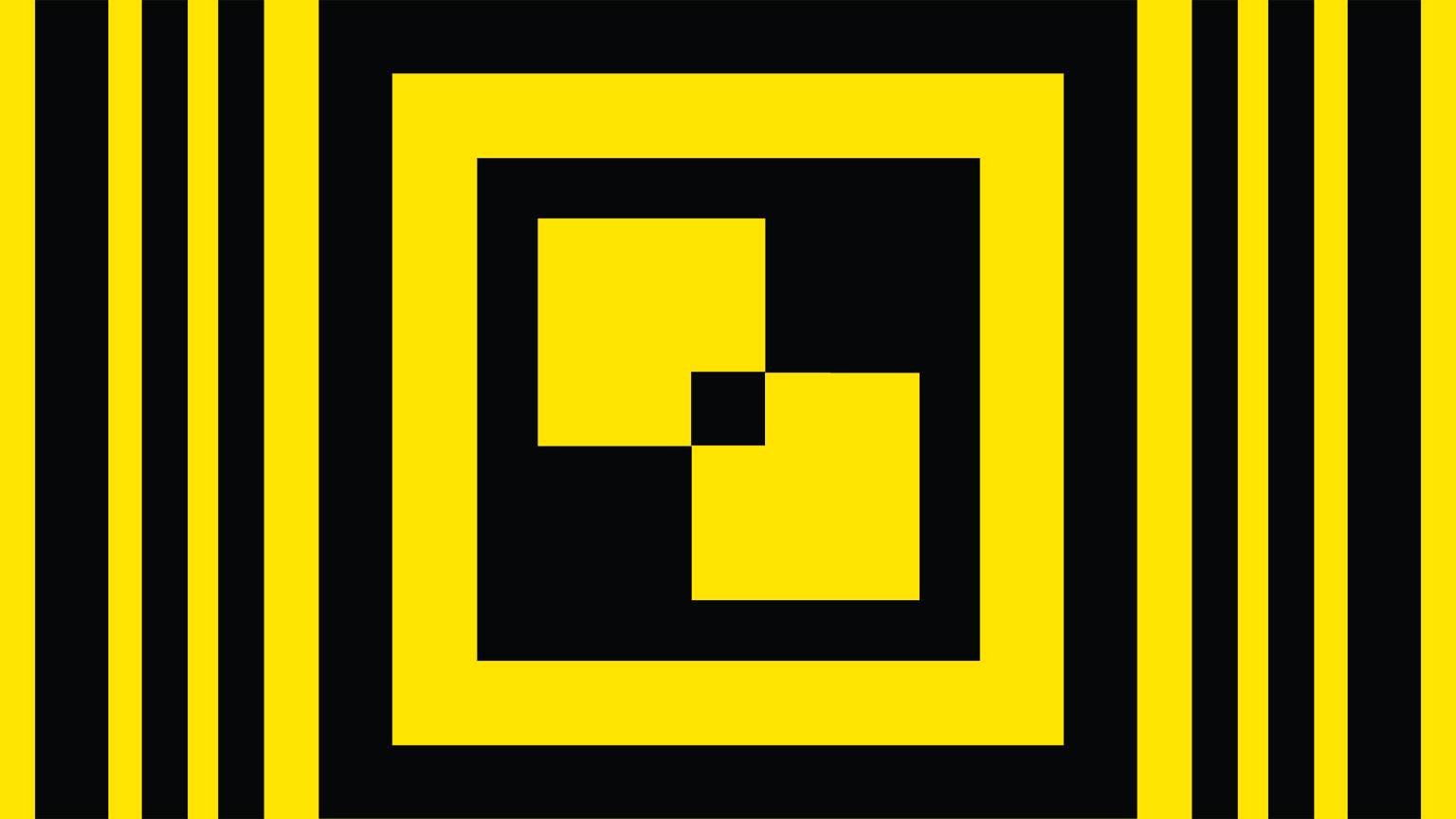

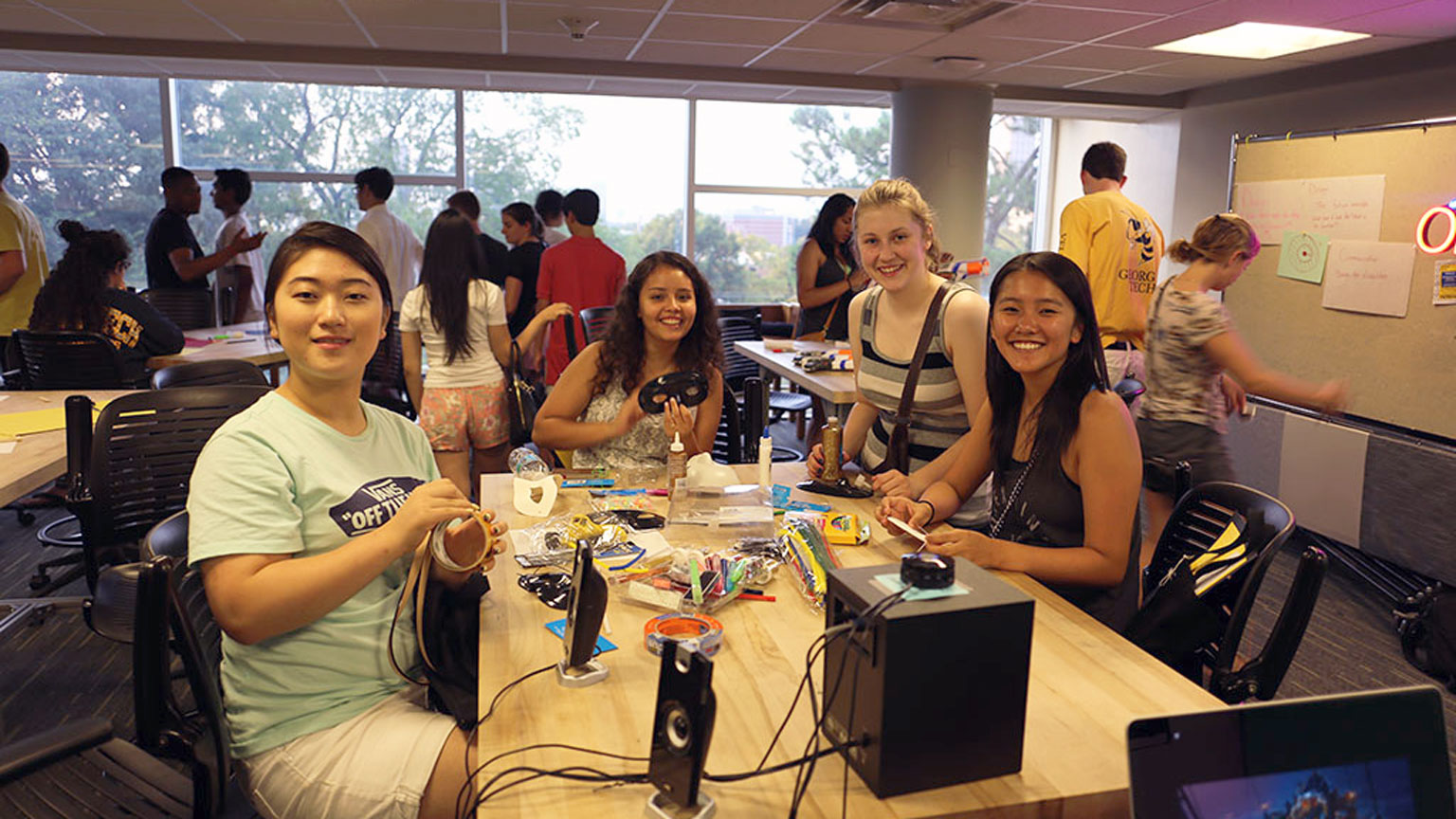
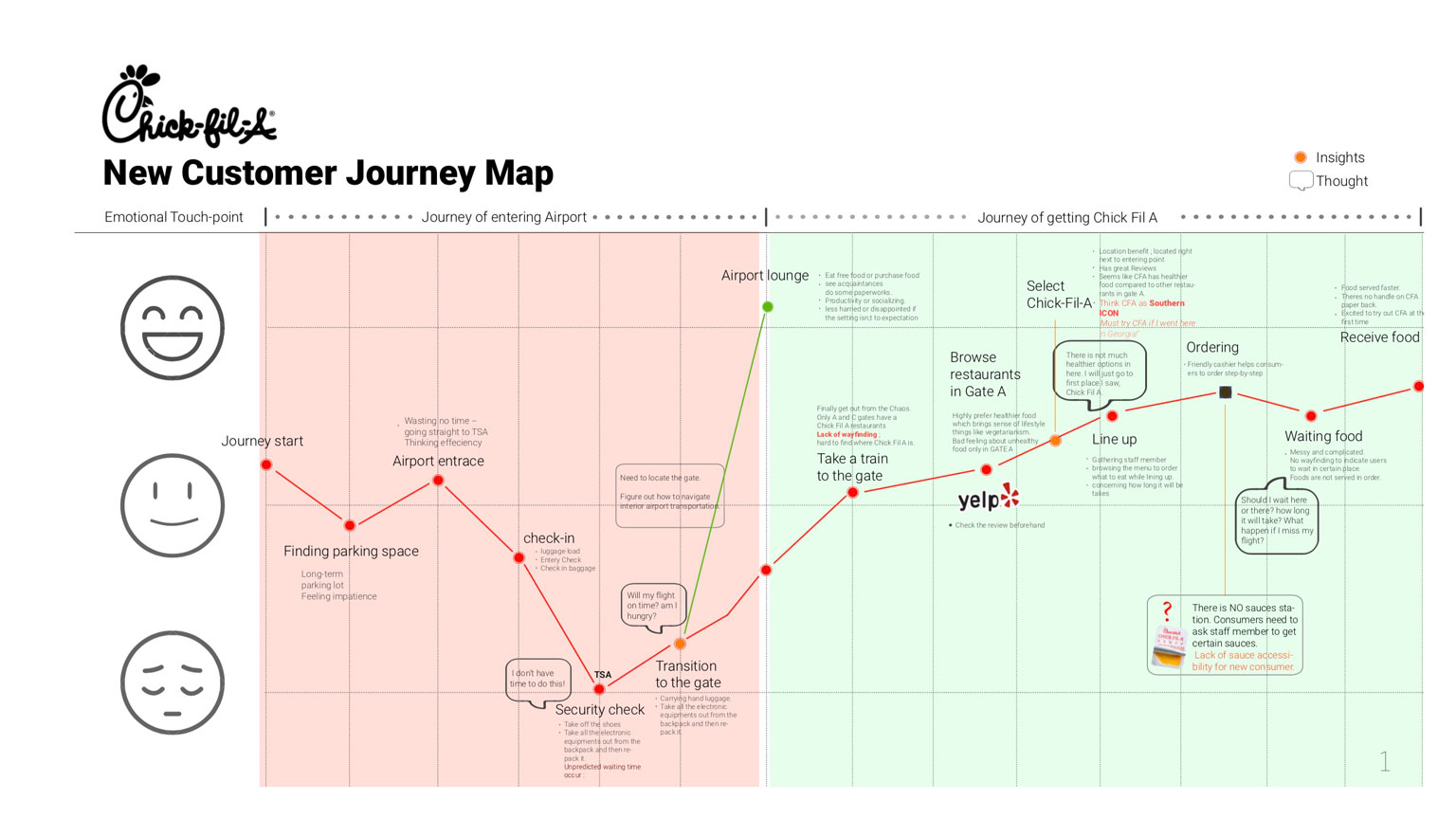

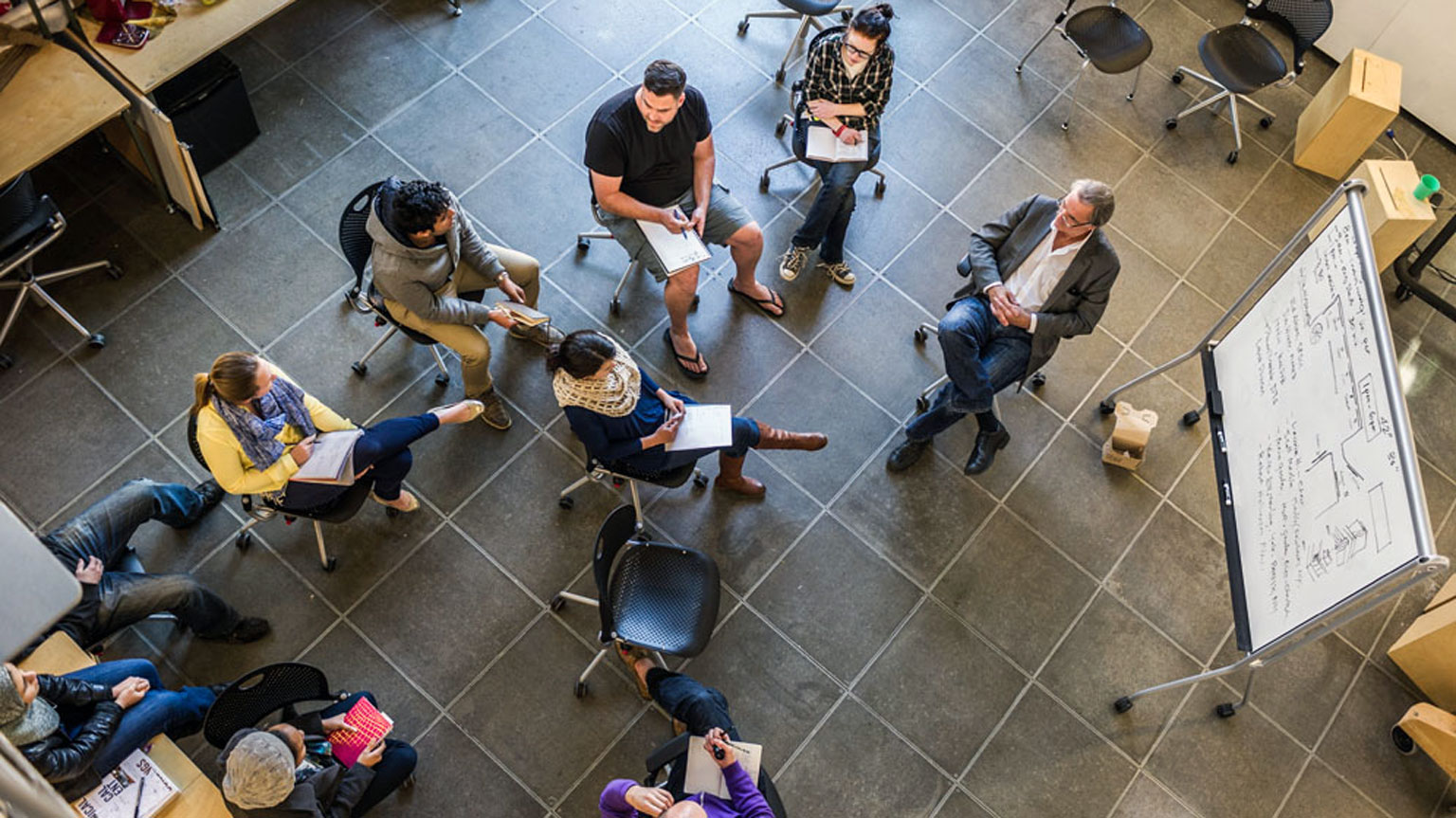
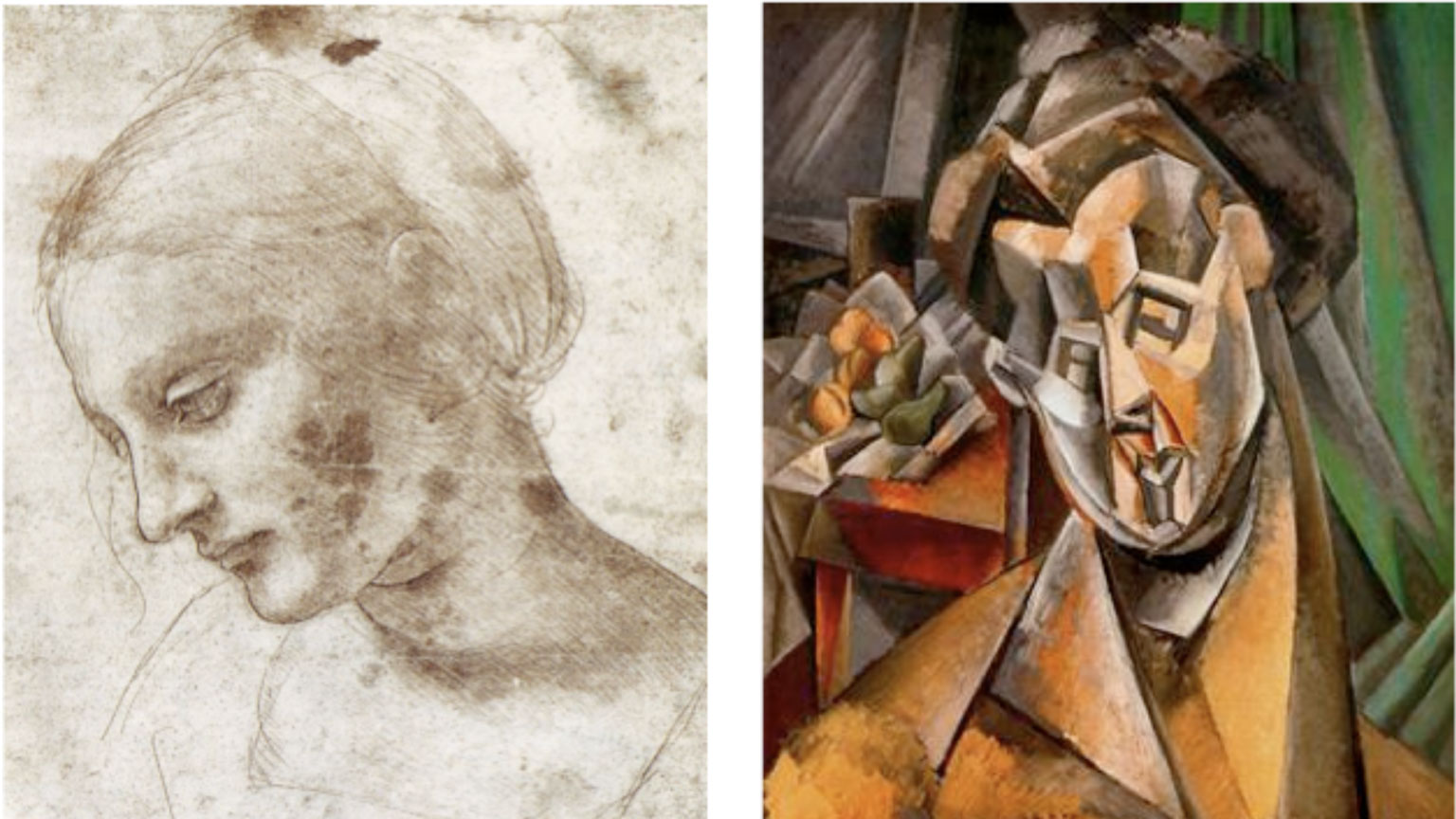
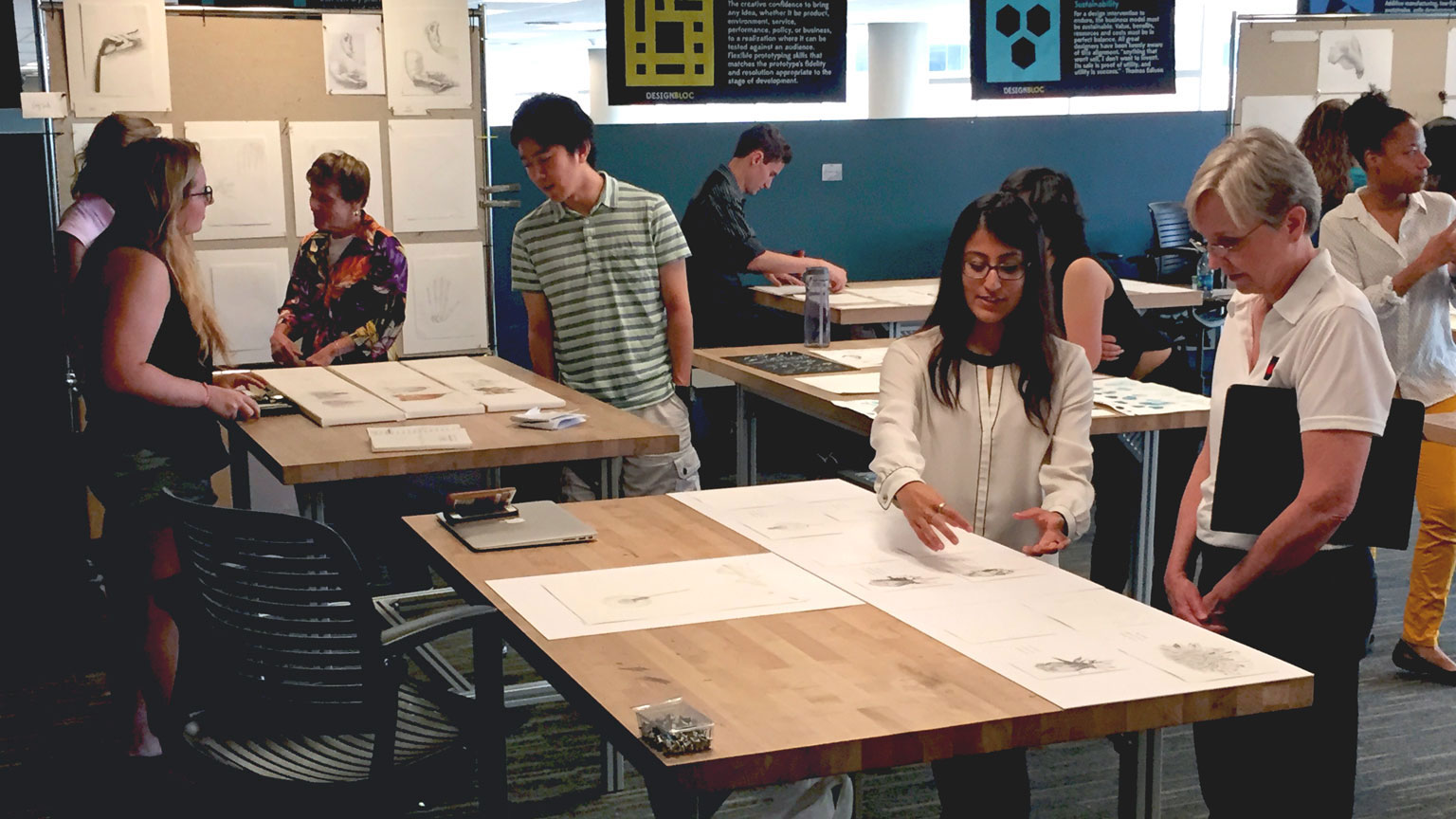
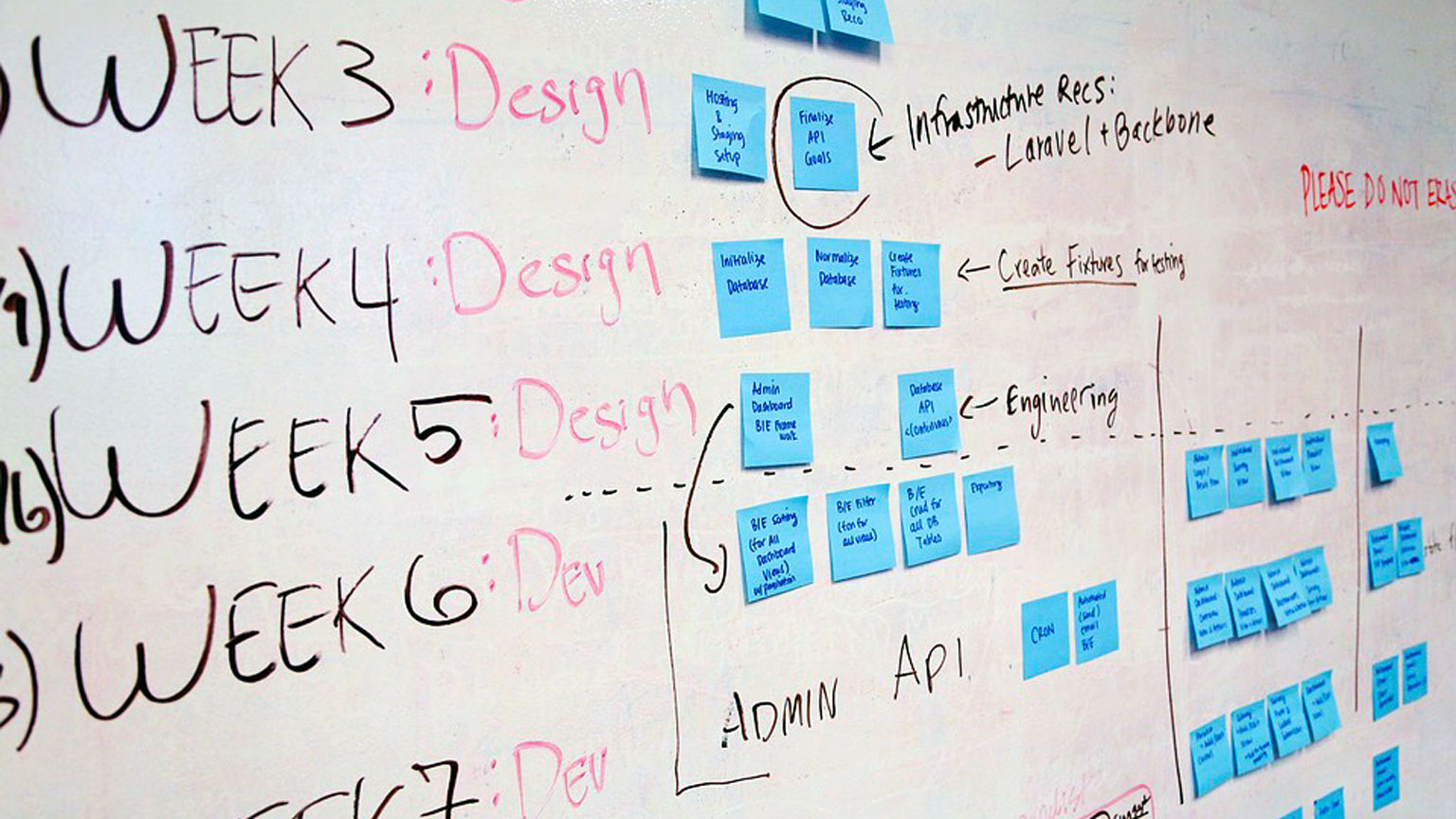

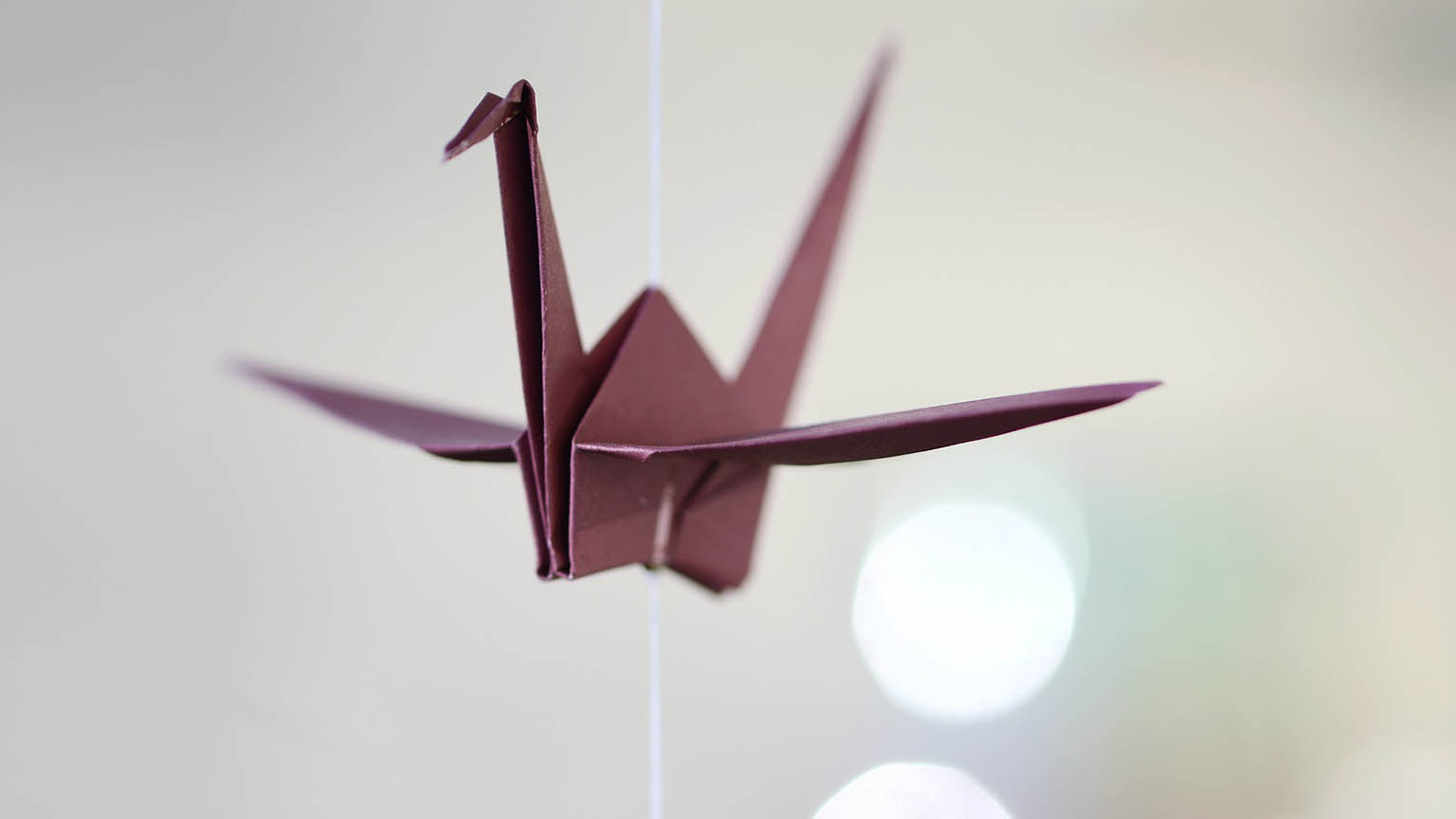
Social enterprises are dedicated to creating social value by attracting private and public funds to address the challenges of society. They may take the form of a nonprofit, for-profit or hybrid organization. These organizations apply business and market principles in their efforts to solve problems not addressed by the private sector and governments.
Taught by Robert Thomas